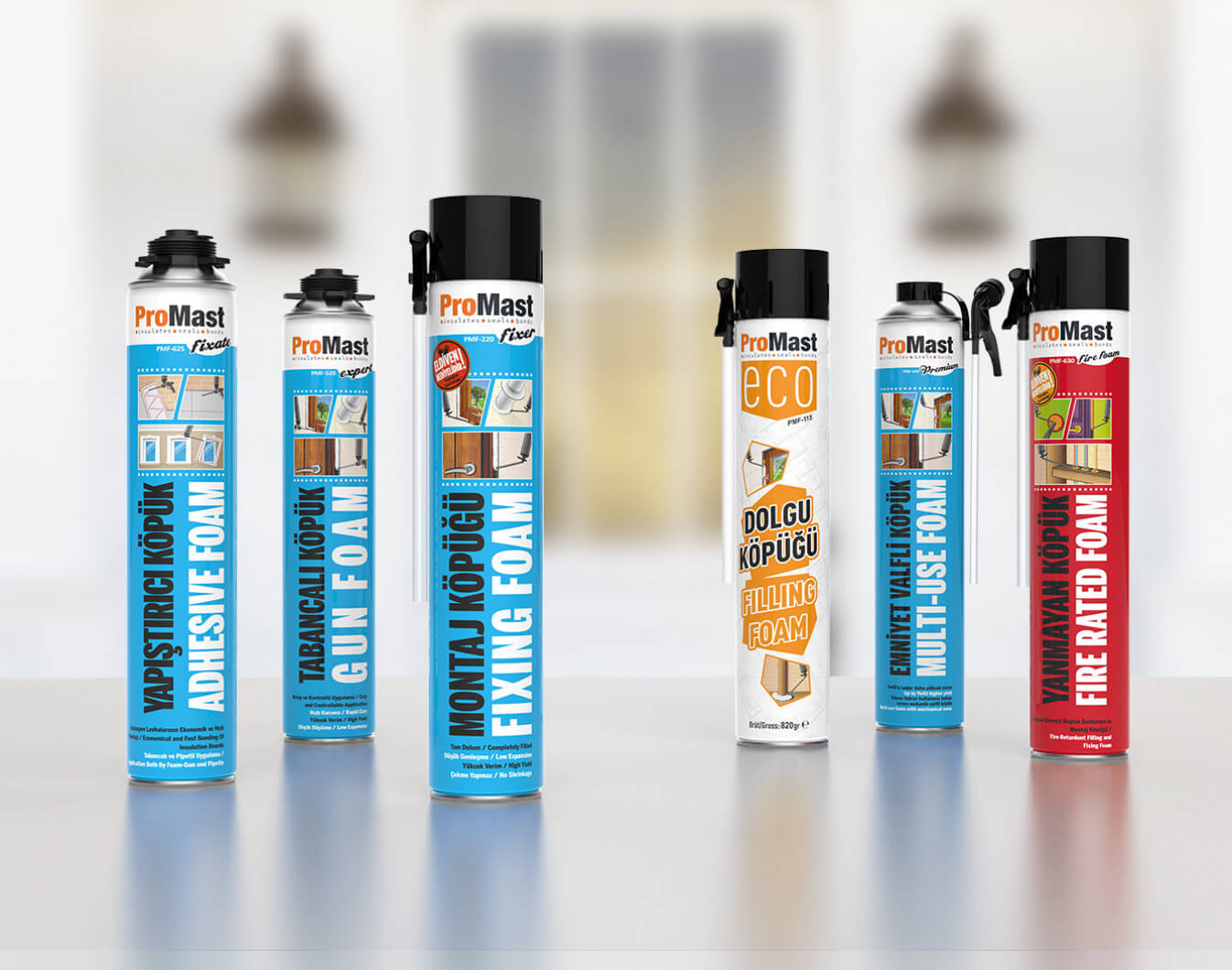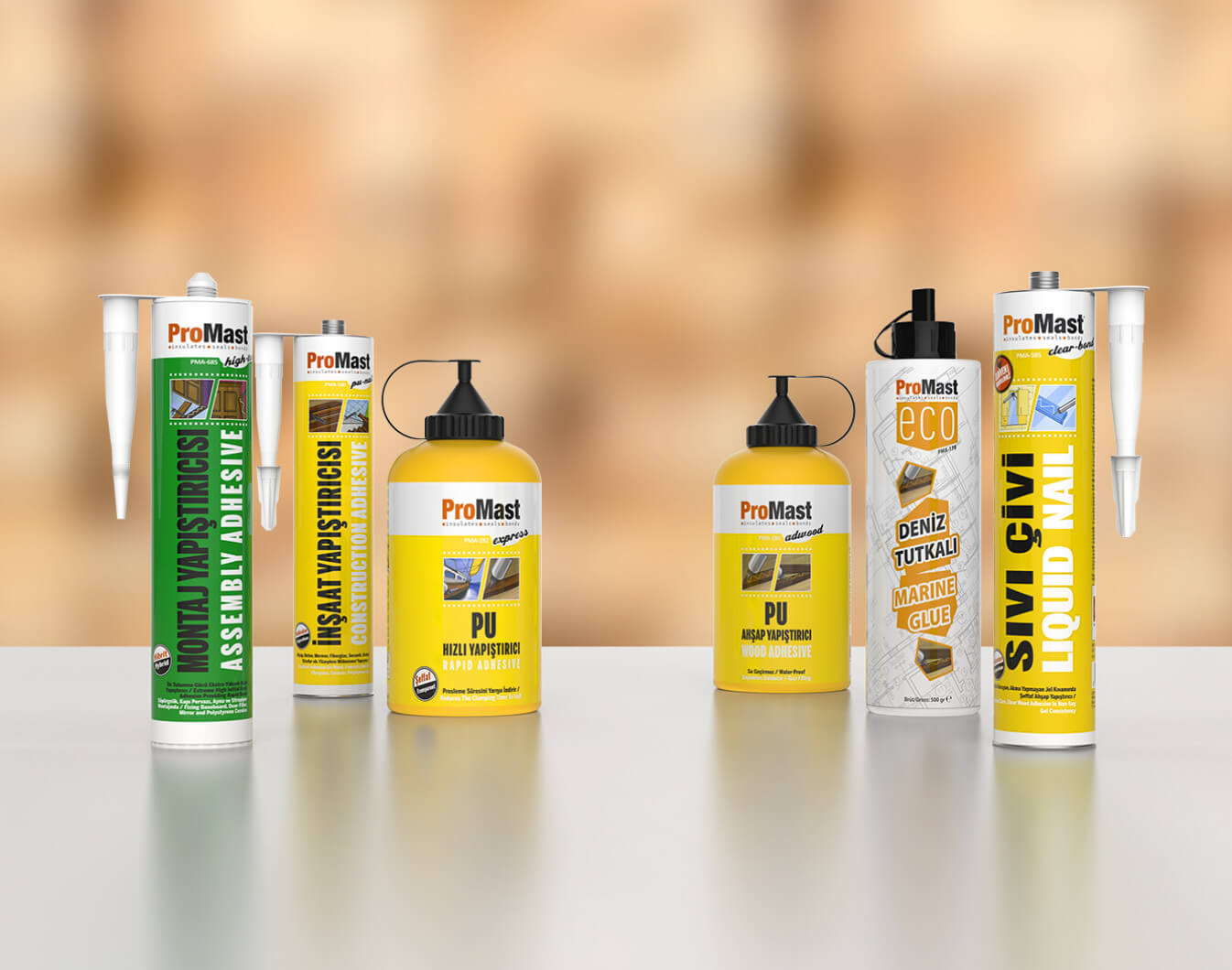Is the temperature of the application surface important?
Yes, it is important. Silicone applications made on surfaces with a temperature below -10° C or above + 50 °C will fail.
Can I make a one-component silicone application in narrow or closed areas?
One-component silicones require moisture to be able to dry. For this reason, they will have a drying problem if they are used in spaces where they cannot contact with air.
Can I use silicone also as an adhesive?
Solvent-free, 100% pure silicones can be used as adhesives. For example, Promast Sanitan NT and Promast Oxime are pure silicones which do not contain solvent. They contain special additives for strong adhesion to various surfaces.
Which type of silicone should I prefer for plastic surfaces?
Plastics are one of the most difficult surfaces on which it is the most difficult to adhere to. It is not possible for silicones, adhere strongly particularly to plastics such as PE and PP. However, it is possible to adhere to plastics such as PVC by using pure silicone.
Are silicones resistant to high temperatures?
Yes, their high heat resistance is quite satisfactory compared to that of many organic mastics.
100% pure silicones maintain their flexibility at temperatures between 150 °C /180 °C. However, the resistance of cheap silicones, into which large amounts of solvent are added, may drop down to 90 °C to 120 °C.
On the contrary, high-temperature silicones, also called liquid gaskets, are resistant up to 250 °C /300 °C.
What happens if I apply silicone the shelf life of which has expired?
A silicone with an expired shelf life may appear quite normal. However, it most likely has lost its drying/curing ability. For this reason, spray the silicone you have on the surface to be applied after testing it and making sure that it dries.
Does the silicone freeze inside the cartridge?
This is a situation that may be experienced very rarely. In comparison with polyurethane mastics, silicones do not freeze in the cartridge easily.
The cartridge might have taken air or a large amount of moisture might have remained in the silicone-filled in the cartridge as a manufacturing defect.

